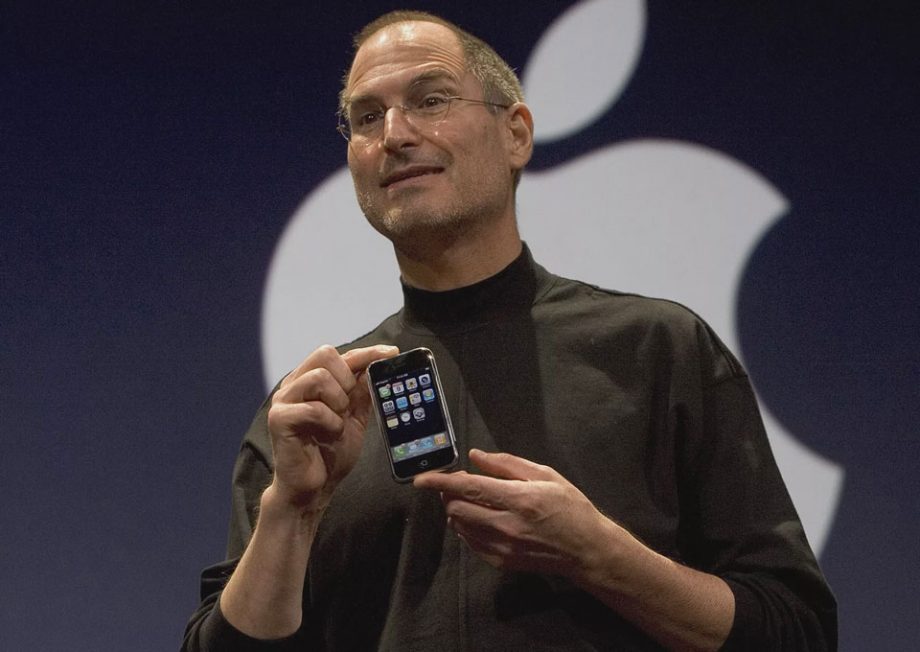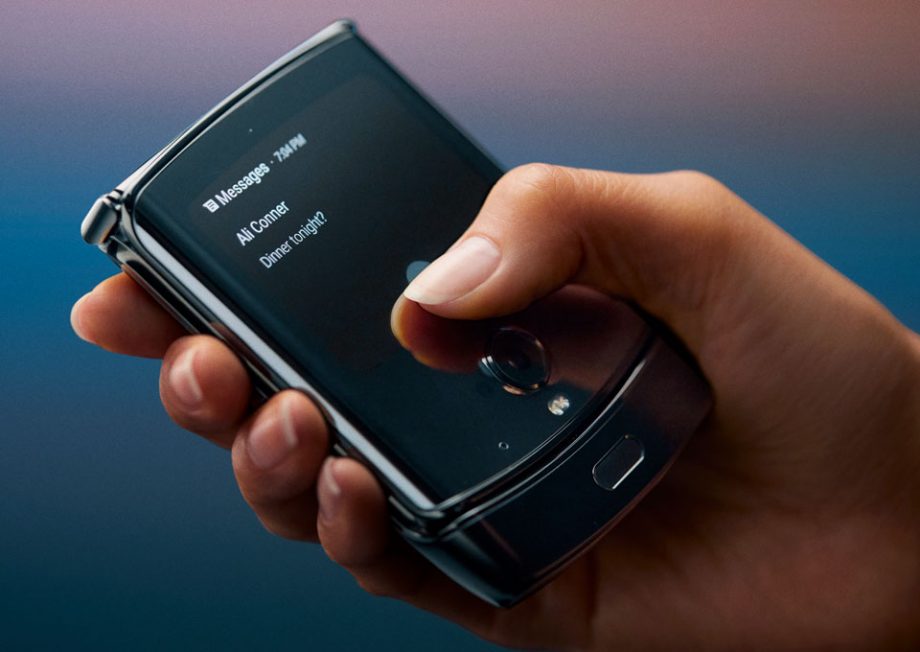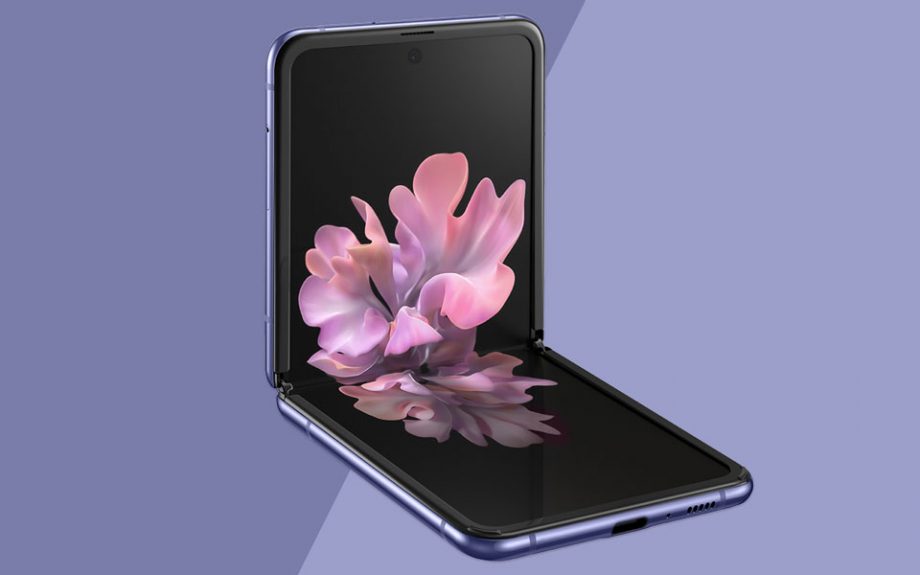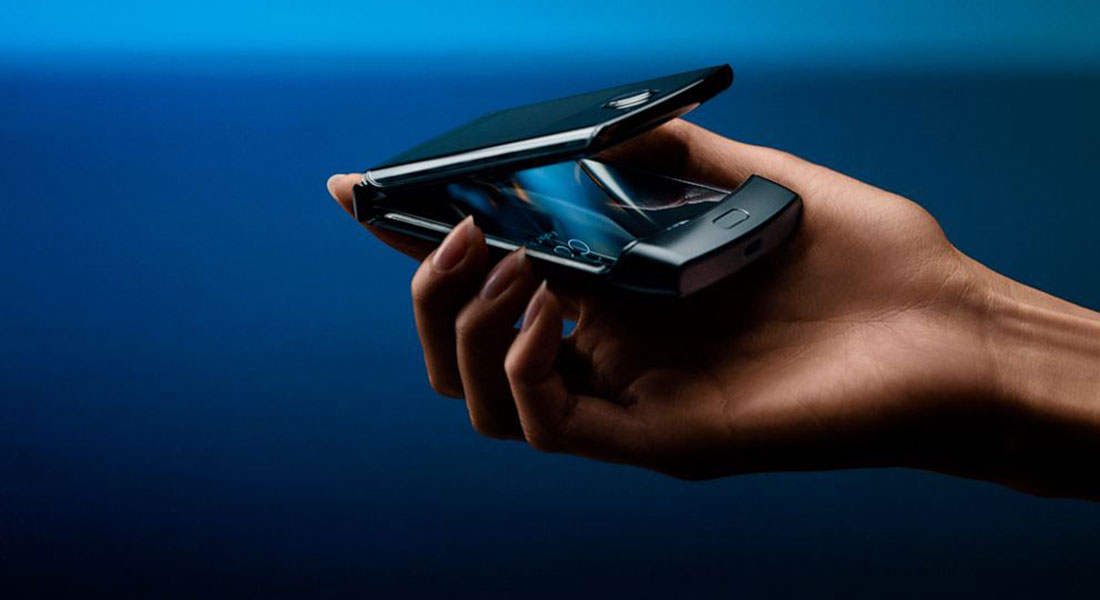With each passing year, smartphone manufacturers strive to develop new ways to keep customers interested or entice those using rival devices, to ditch them and join their ecosystem instead. Apple and Samsung may hog the limelight when it comes to iOS and Android respectively, but several other phone makers lurk in the background, all of which spend large sums of money on R&D to come up with new ideas.
If you’re anything like us, you’ll feel smartphones are beginning to plateau and we can now easily predict what the next year’s device will bring: more megapixels than you know what to do with, enough storage to hold a year’s worth of movies a couple of other new software features, to keep people interested. For the most part, customers will stay loyal to their manufacturer of choice, although sales of the Apple iPhone were down 4% at the end of Q3 2019, compared to the year before.
Why might that be? The most likely reason is that phone makers aren’t offering anything genuinely revolutionary, and a reason for customers to upgrade.
The solution? Offer them a new design.
Ok, so the recent trend for ‘all-screen’ mobile phones is still in its infancy, but reducing the bezel size by 0.1mm each year is hardly mind-blowing. Manufacturers need to rethink the design of the smartphone entirely. Enter, flip phones.
Flip phones as a product category aren’t anything new. They died in the late-2000s when the iPhone (and smartphones as a collective) was introduced. Back then, in 2007, the iPhone was launched with no real problem to solve, but instead, it offered consumers something genuinely new and out of this world, it was an “evolutionary and magical product that [was] literally five years ahead of any other mobile phone,” said the late Apple CEO Steve Jobs upon its launch.

For a while, consumers had a hard time grasping the idea. We were so used to small devices that could easily slip in our pocket, but then we were told ‘bigger is better’, and suddenly we not only had to switch to the idea of using apps, but we had to change out our wardrobes and fill them with clothes with pockets big enough to house the new generation of phones.
Since then, using apps has become second nature, and we boil up with rage the moment something doesn’t load at lightning speed. We’ve adapted and come to expect so much from our phones that we will never understand how we managed to use the first wave that was released nearly 15 years ago.
And now, with a sea of big-screen devices to choose from, no one device can now say it’s truly unique. Sure, one might have more cameras than the next, but ultimately, so what?
That’s where flip phones come in. While they don’t represent a new design, the way in which they’re now being made is. With technology coming on leaps and bounds, manufacturers are now able to marry the two designs together: offering a big-screen phone in a foldable body. Flip phones of old would have a screen in the top half and a physical keyboard at the bottom. Now though, manufacturers are able to produce bendable glass displays so that the entire inside surface is one screen.

Technology aspect aside, flip phones are just cool, plain and simple. The feeling you get when you’re able to flip open your phone to accept a call or flick it down with meaning when you’re mid-argument with the person on the other end is a feeling unlike any other.
Huawei and Samsung were the first two to really champion the revival in early 2019 with their Mate X and Galaxy Fold devices respectively, however, the former has yet to receive an international release, and the latter has been subject to its fair share of broken screens. So far, so technology.
Fast forward about a year and Motorola is back on the scene with its highly recognisable Razr design. The original, the V3, was released in 2004 and went on to become the best-selling clamshell design phone in the world, selling over 130 million units, and cementing itself as a truly iconic phone in the process.
With the newly reintroduced model, Motorola can not only tap into the nostalgic feels of those who grew up with the original, such as mCahill389 on Reddit, “I love the idea of this. When I think of folding smartphones, this has been what I always thought of. Yeah, it doesn’t seem super practical because we can fit the phones in our pockets regardless. But being able to slam it shut after a phone call is so satisfying.”
Motorola will also be hoping to pique the interest of Generation Z, who might be getting bored with the same design of their current phone year after year. The only real obstacle will be the price, as A$2,700 for a phone isn’t exactly pocket change.

Samsung too has recently announced its second-generation flip phone, the Galaxy Z Flip. This one will get a global release “in the coming months” and serves as Samsung’s second, more confident attempt to tap into the re-burgeoning market. And hopefully, it’s first to have a screen that doesn’t break.
Whether they’ll be a success remains to be seen, although, going by some other comments on Reddit, flip phones might not have quite the mass-appeal the likes of Motorola and Samsung are hoping for.
Creamynute11a says: “Imagine paying thousands of dollars for a f*****g flip phone. I really hope smartphones don’t go this way. It’s a technological gimmick at best, just to prove they can. It’s not practical”. Daronmal adds, “Nobody wants this s*** anymore.”
It won’t be until we see any other major manufacturers bend to the change in design that will allow us to know if the flip phone market will indeed be “the next big thing”. Nonetheless, it’s refreshing to see phone makers trying something new. However, there was a reason they died out once before and with customers so used to their glass rectangles, it won’t be easy for manufacturers to pry them away.
